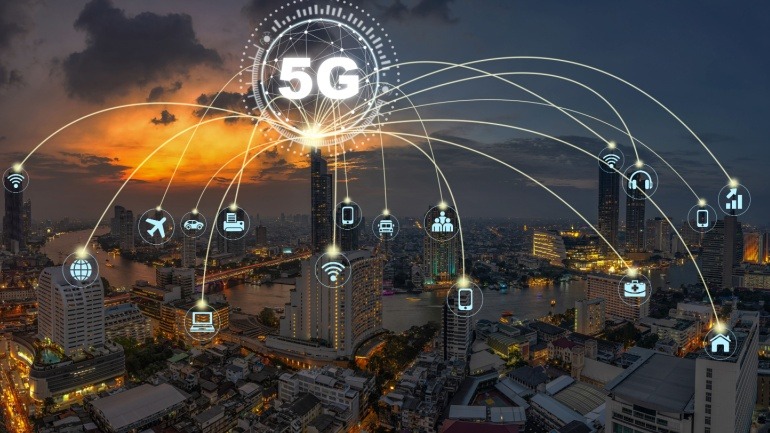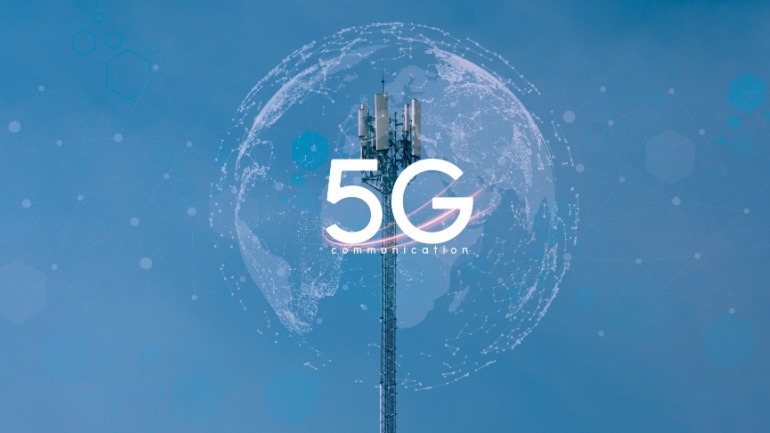Egypt has finally embraced 5G technology, as Vodafone, E&, and Orange secure their licenses, marking a pivotal moment in its telecom landscape. With a $675 million investment for 15-year 5G licenses, Egypt aims to enhance communication capabilities.
KT and its subsidiary KT SAT have revolutionized 5G connectivity through KOREASAT 6 integration with a 5G non-terrestrial network. This milestone utilizes the 5G NTN standard, expanding 5G services to remote areas. Their pioneering trials highlight NTN’s potential for 5G and future 6G innovations, overcoming geographical challenges.
The formalized partnership between Nokia and NTT DATA marks a significant shift in their approach to private 5G networks, promising enhanced connectivity and technological advancements. This collaboration focuses on leveraging Nokia’s robust radio access network infrastructure to optimize operations in smart cities, airports, and industry sectors, reflecting a promising digital future.
Vodafone Idea is enhancing their 4G network with Ericsson to introduce 5G in key Indian regions. Leveraging Ericsson’s advanced technology, Vodafone aims to modernize and expand, despite financial hurdles. Their $3.6 billion deal signifies a commitment to regaining market share by implementing robust digital infrastructure.
Chris Sambar’s departure from AT&T marks a significant shift in the telecommunications realm. As the driving force behind AT&T’s VOIP, 5G, and fiber expansion, Sambar’s legacy shapes the future of connectivity. His transition to AST SpaceMobile promises to revolutionize communications, pushing the boundaries of global networking and bridging connectivity gaps.
Explore the future of VoIP with the remarkable advancements in 5G technology. O2 Telefonica’s recent 5G trial achieved incredible download speeds via carrier aggregation, highlighting the potential for transformative connectivity. These developments empower next-level VoIP services, ensuring seamless communication for consumers and businesses.
In collaboration with Freshwave, EE has deployed 25 new small cells, revolutionizing the 4G and 5G network landscape. This first-of-its-kind initiative promises seamless mobile communication, optimizing bandwidth for VoIP calls in high-traffic areas.
Samsung and NTT Docomo are combining forces to propel AI research and innovation within the telecommunications sector, setting the stage for 6G technology. This strategic partnership aims to elevate network quality and service, ensuring seamless VoIP communication even in challenging signal areas.
Ericsson has captured Viettel’s 5G deployment contract in Vietnam, marking an exciting era for VoIP technologies. This 5G upgrade, indispensable for modern VoIP communication systems, promises robust high-speed connectivity. The collaboration with Viettel is positioned to elevate Vietnam’s digital infrastructure.
Verizon Business has partnered with Vay Technology to enhance Vay’s innovative driverless fleets with cutting-edge 5G connectivity. Vay’s remote-operated electric vehicles will leverage Verizon’s robust mobile network, revolutionizing the VoIP landscape with teleoperation-ready cars and seamless data management.













